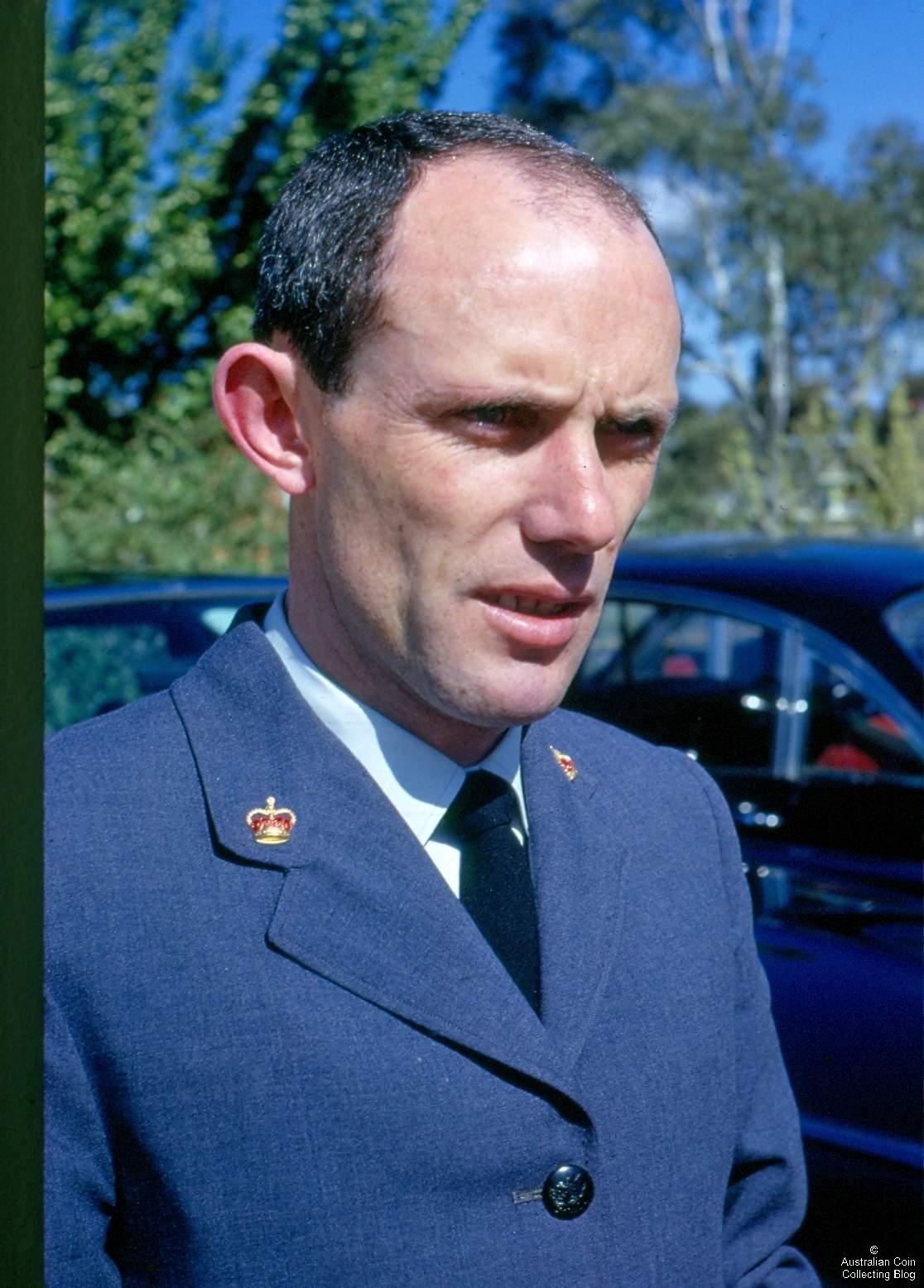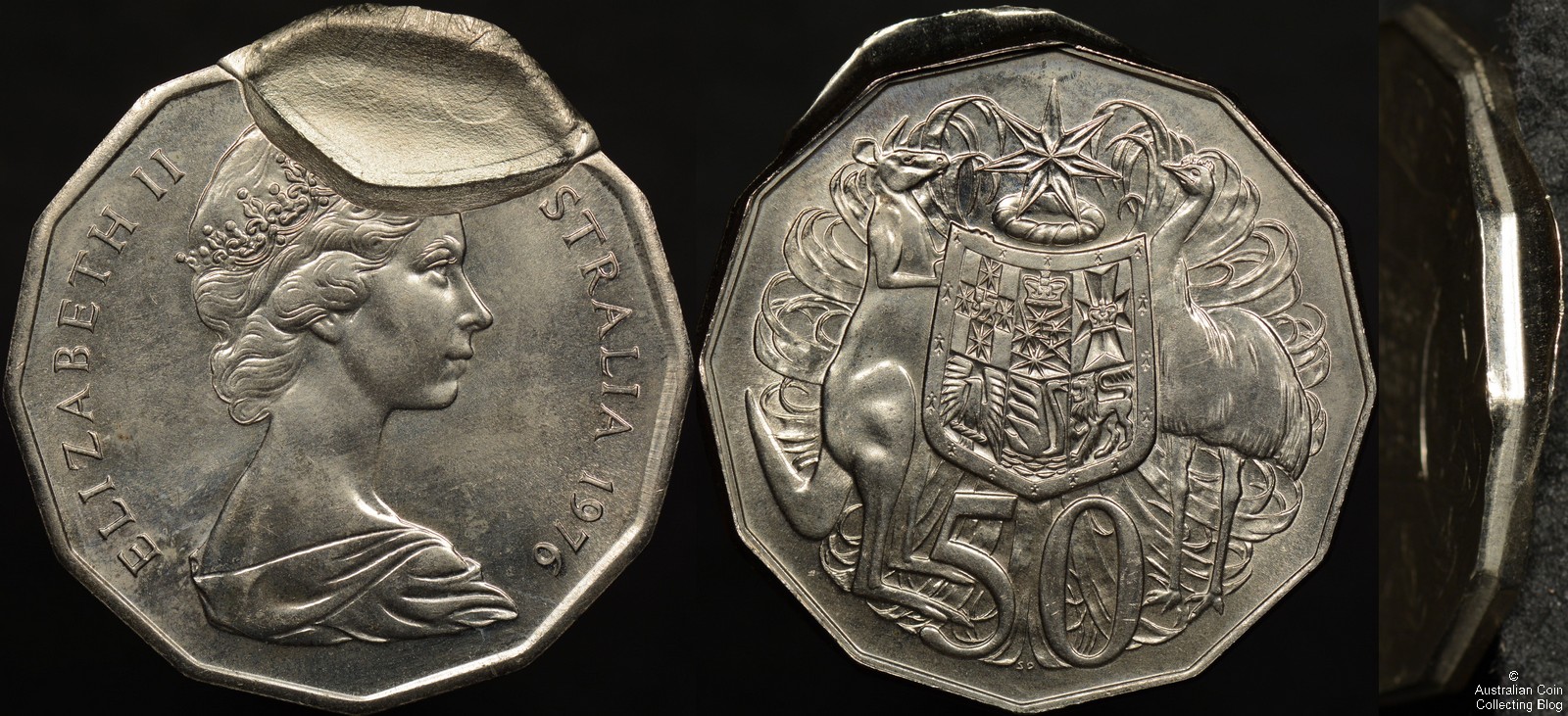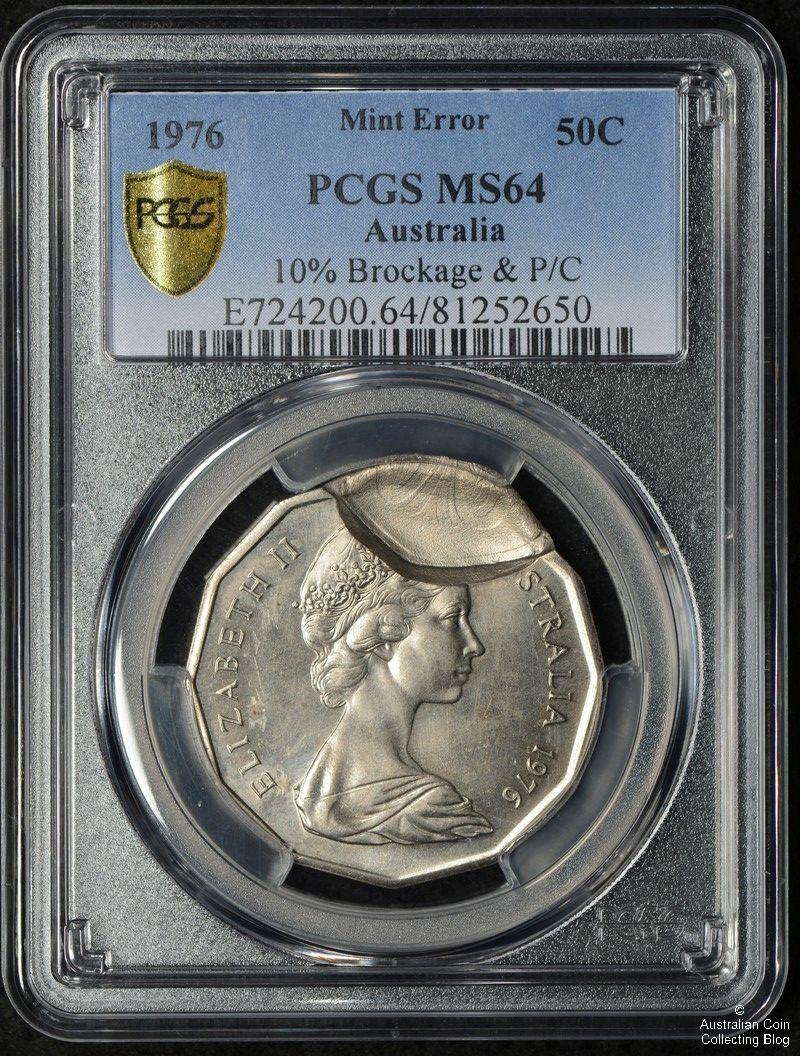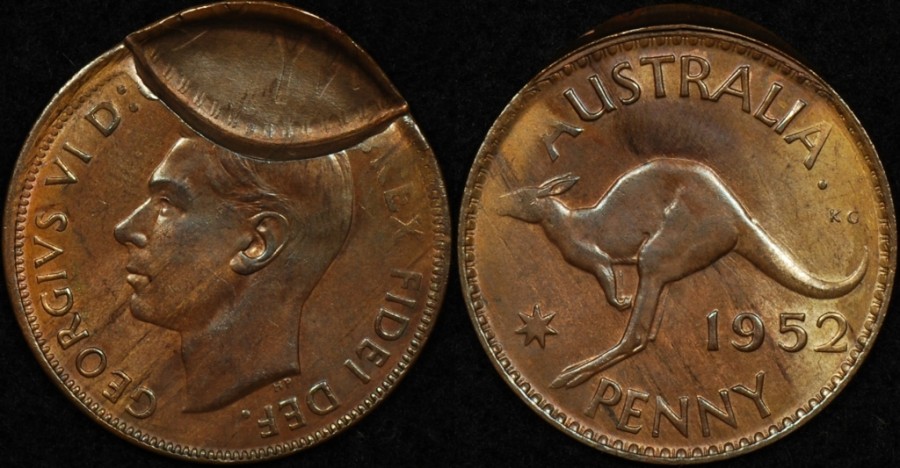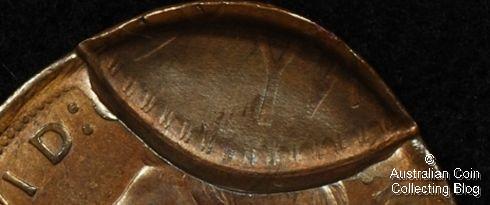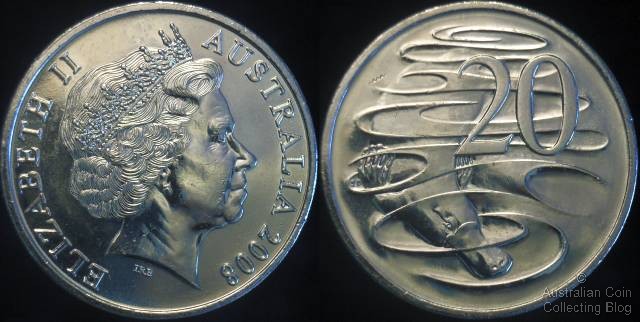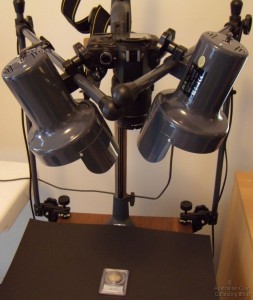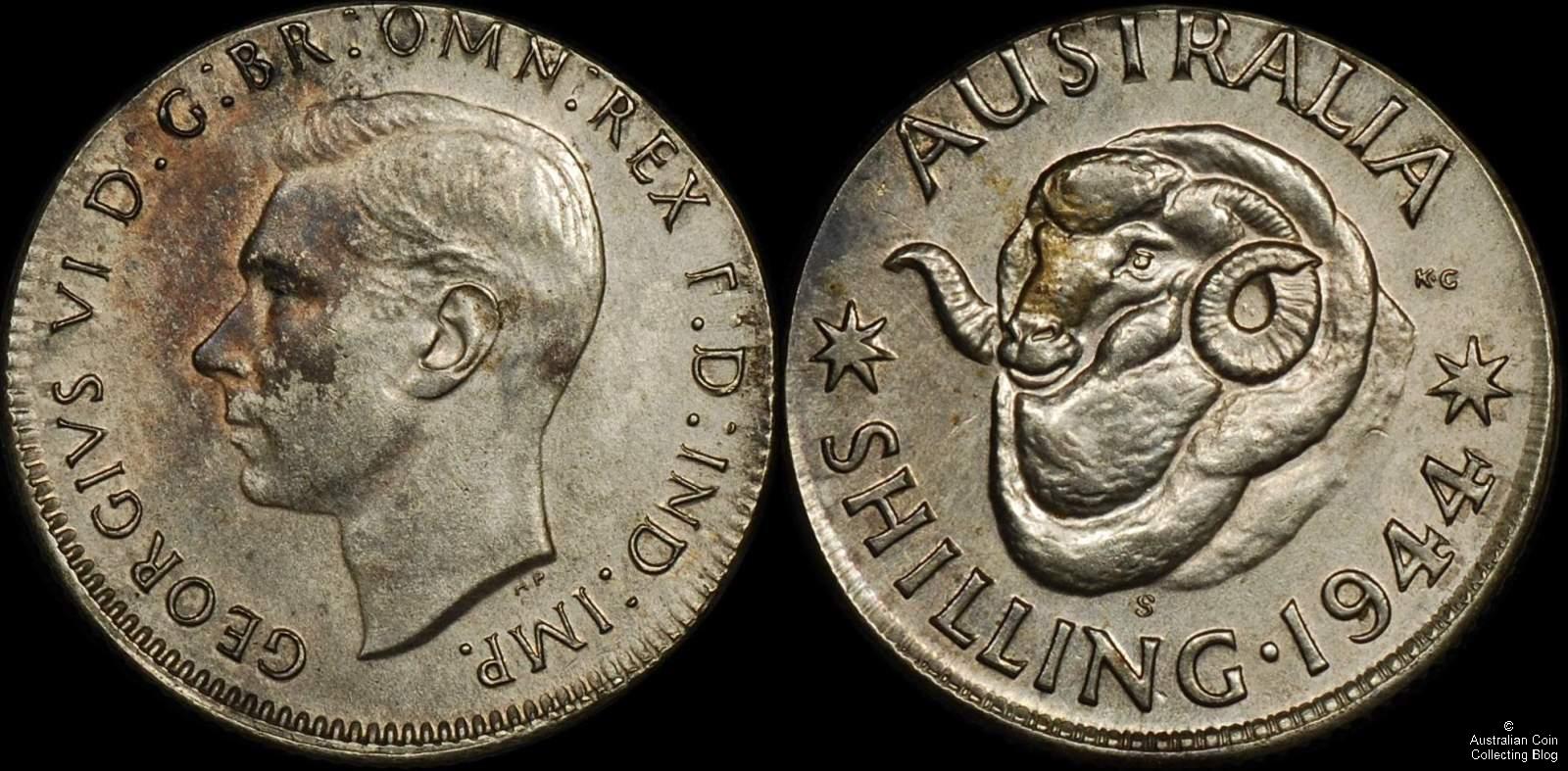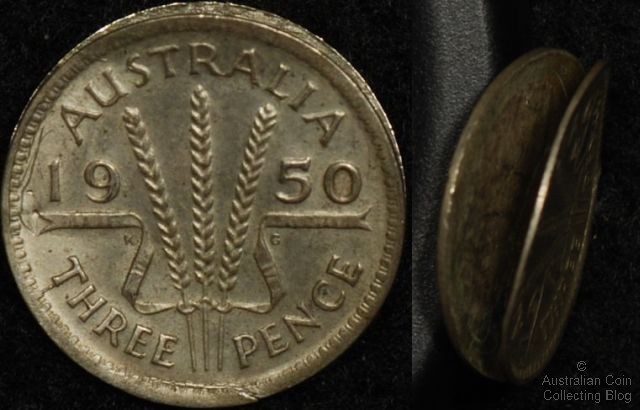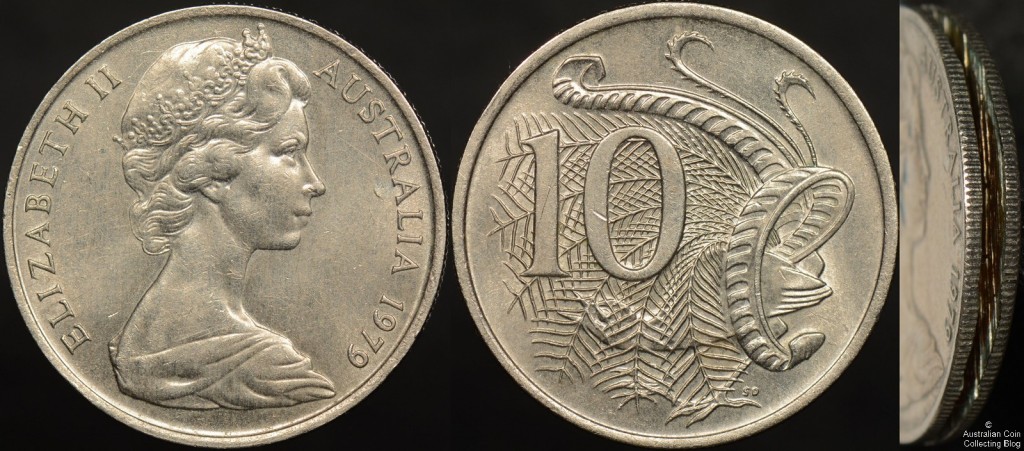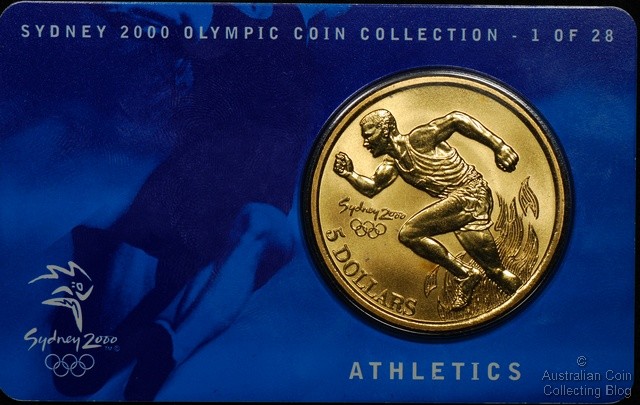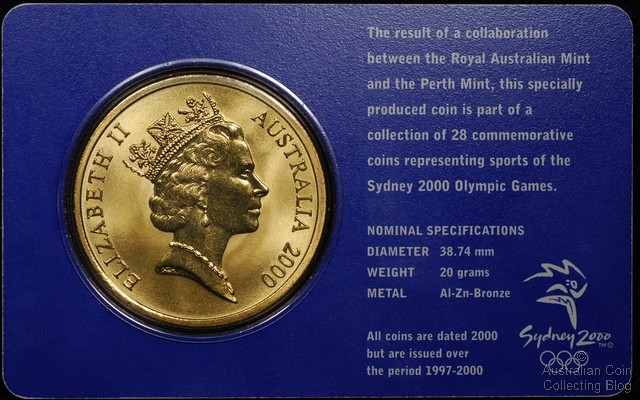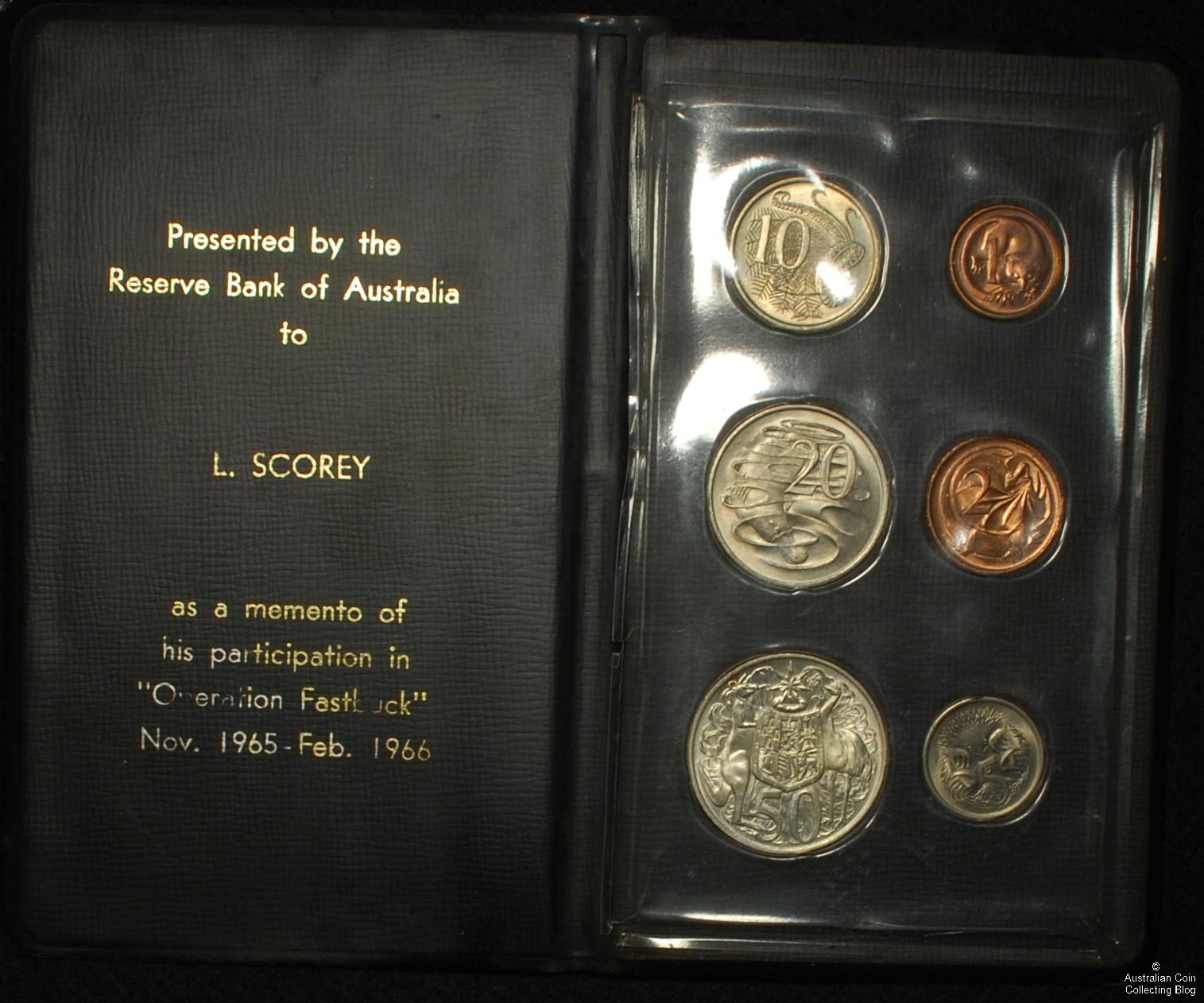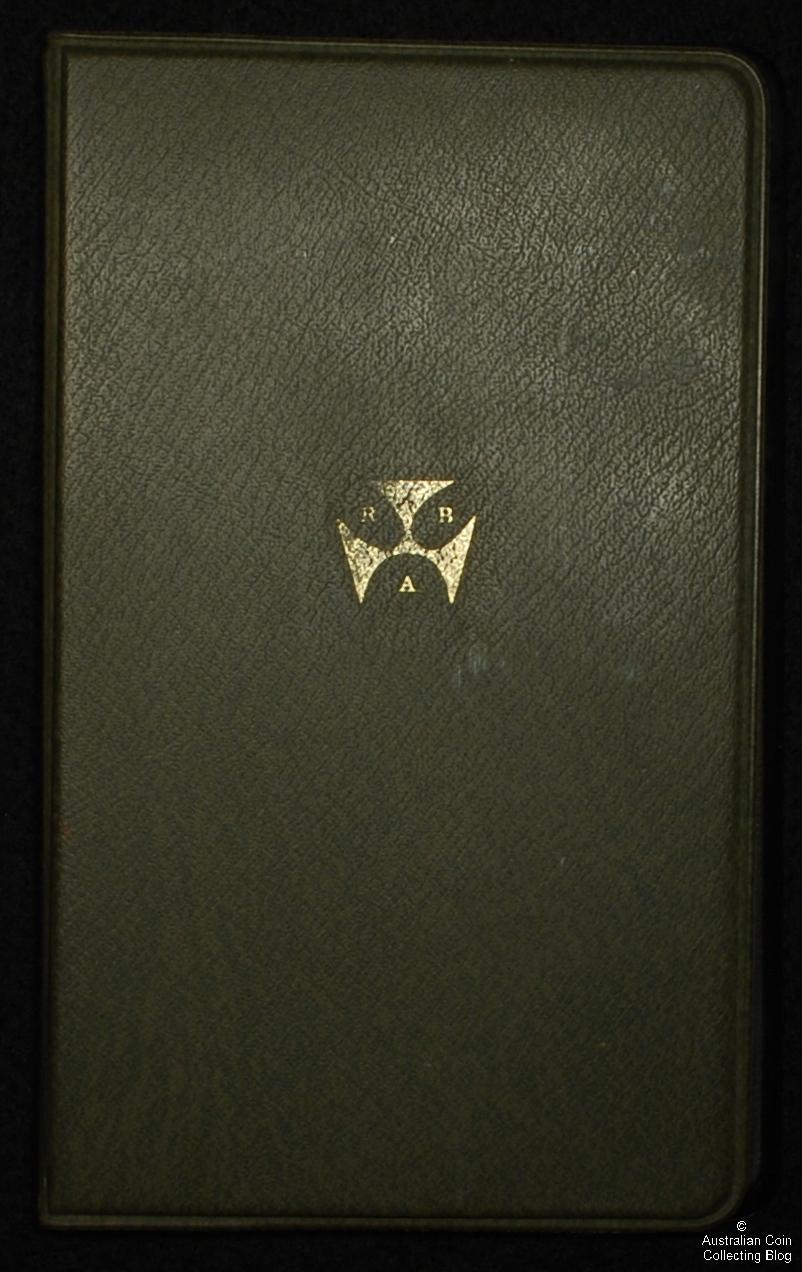The delivery of new coins needed at the changeover from pounds, shillings and pence to dollars and cents for February 14th 1966 was given the name “Operation Fastbuck”. New coins had to be delivered to banks for the opening of business on Monday February 14th when Australia would begin a period of transition, initially with dual currency to ultimately merge full-time into the use of a new system of dollars and cents.
A lot of new coins had travelled form the Royal Mint in London and arrived at the Melbourne docks and were transported to storage at Deer Park prior to decimal changeover. Operation Fastbuck saw the delivery of all the new coins to banks Australia-wide. In the case of Victoria there were 3 groups involved in the distribution of the new coins from the Deer Park facility. Each group consisted of a semi-trailer loaded with locked containers that held the cases of coins (see image above) with the driver accompanied by an armed Federal Police Officer. A medium sized delivery van (similar to armoured Armaguard, Brinks or Chubb security vans that we see today) saw the driver accompanied by another armed police officer and 2 bank officers. A Commonwealth car (seen in image above) with driver and a police officer armed with an Owen Sub-machine gun kept guard of the semi-trailer as an escort.
On approximately 6 occasions between November 1965 and February 1966 the convoy began to distribute the new coins and banknotes. They would be gone for about 4-5 days on each occasion. After loading up from the facility in Deer Park in Melbourne the 3 groups tracked the entire state of Victoria. Each morning the security van would load money from the semi-trailer to be distributed to banks as the van criss-crossed the trucks path during the day, meeting up with the truck several times to replenish the supplies in the van. The convoy proceeded to the main roads to arranged overnight stops where the personnel stayed at local hotel/motels and the vehicles were guarded by the local police overnight. Remarkably there were no instances of robbery throughout the operation where over 600 million coins and 150 million new banknotes were distributed.
After the operation was completed a Reserve Bank function thanked the 70 or so persons involved and presented them with the very rare “Fastbuck Wallet” of uncirculated new decimal coins each in an inscribed wallet thanking them individually. The information and images provided in this entry have come from one of the Commonwealth Car drivers, Mr Charlie Browne. You can see an image of his own Fastbuck Mint Set in The Pocket Guide to Australian Coins and Banknotes by Greg McDonald (18th ed), a catalogue of Australian coin values. His recollection is that quite a few of these wallets were discarded and the new coins spent in the bar on that day of the presentation. This wallet is certainly the most collectable of all the 1966 mint sets.
Interestingly Mr Charlie Browne did not in fact work for TNT as stated in all the literature on this event. Commonly it is quoted that the 70 persons presented with these sets were TNT drivers. Possibly this is the case for other states but not in the case of Victoria where Mr Browne worked for the Government and there was no involvement of the company TNT. It was a joint collaboration between the Reserve Bank of Australia, Stores and Transport Drivers (Government heavy vehicle and Government Commonwealth Car drivers) and the Federal Police.
Thanks Charlie for your efforts during the currency conversion.

